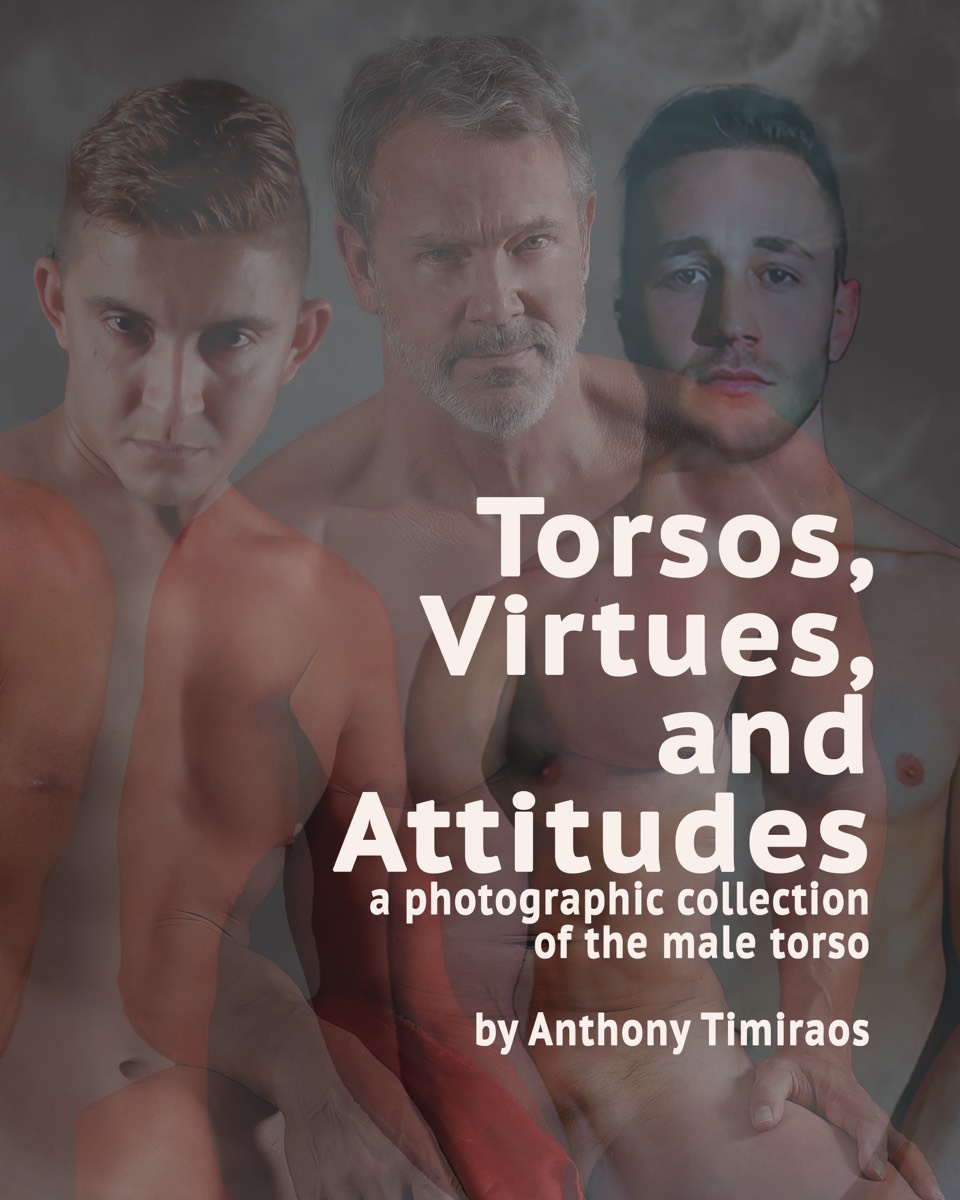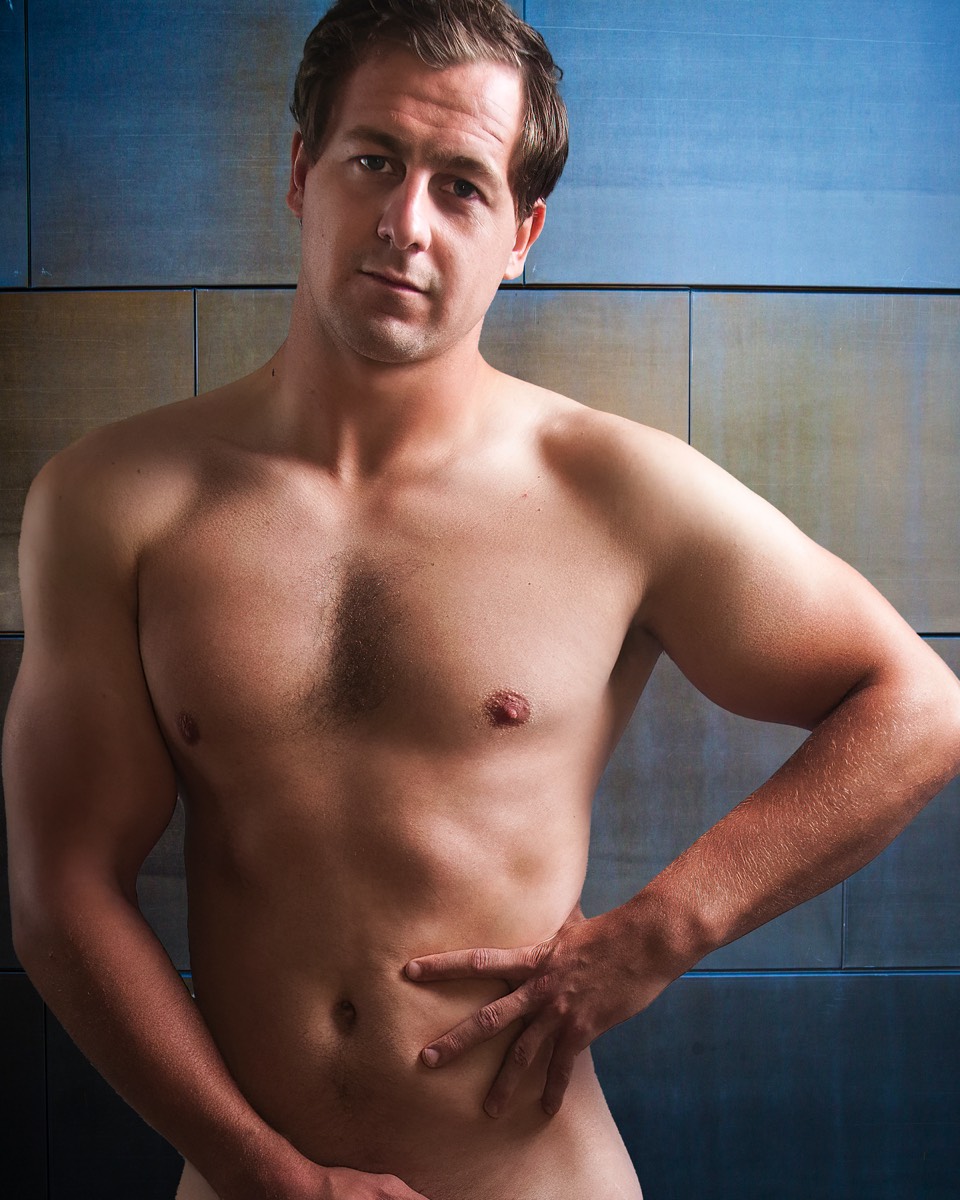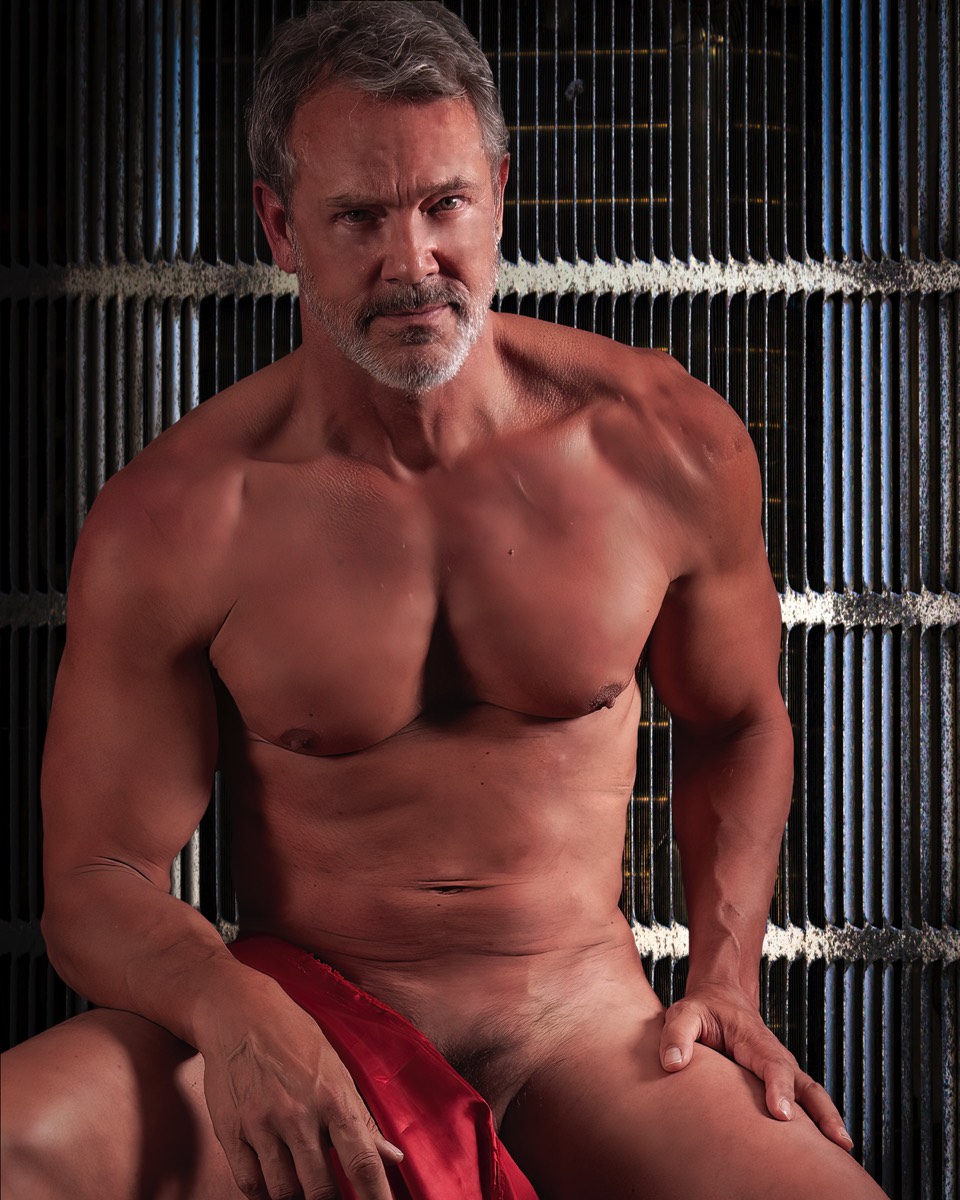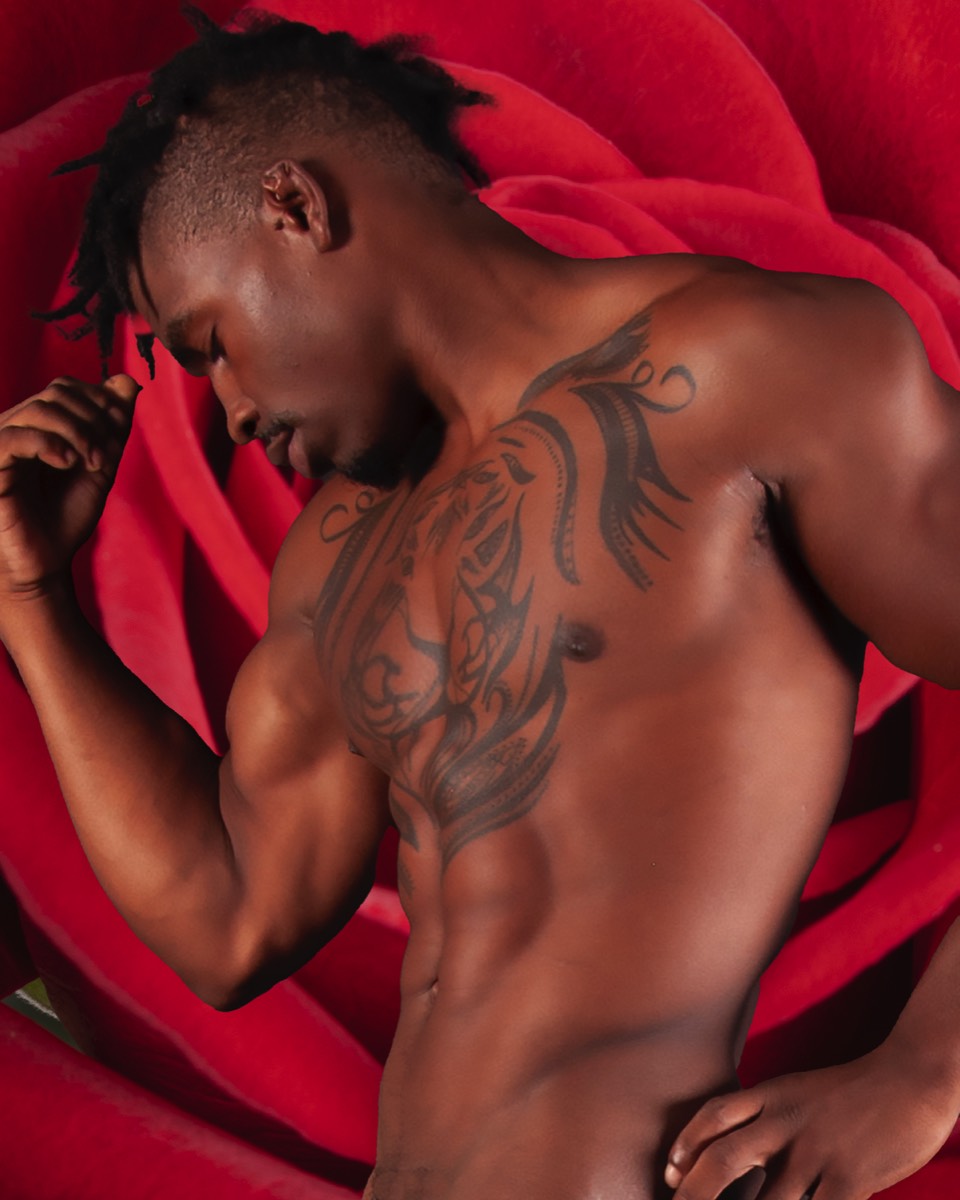Click here to purchase directly from Amazon
note from the artist...
For centuries, artists have studied the male anatomy to recreate their interpretations on paper, canvas, marble, and other sources. Muscle definitions were scrutinized when artists asked their models to twist their torso, lean on one hip, raise one or both hands over and behind their head, tilt the head towards a shoulder, chin down and then up, and many other positions creating specific muscles to expand, contract and studied closer. Not much has changed since artists like Michelangelo, and Leonardo da Vinci set a new standard in their portraits of the human body. When photography was added in the early 1800s to the equipment used by artists, the art form was made more difficult to control the image and for their models to present themselves because photography captures what you see, not what your mind imagines. Although today's technology allows photographers/artists to make specific revisions to their work, the original photograph must always be clear and excellent. Subsequent adjustments do not necessarily turn a lousy photo into a finished piece of art.Thousands of years ago, ancient Greek philosophers studied ethics, what is right and wrong, and the outcomes of people's actions to bring happiness into the world they live in. A famous Greek philosopher, Aristotle, did not consider ethics just a theoretical or philosophical topic to study. He believed in observing people and their behavior. He believed in an efficient approach that led him to his theory that ethics were based on what someone did and how their virtues impacted their actions. Ethics is supposed to guide us to the truth, keep our promises or encourage us to help someone in need. It also counsels us as we make decisions that create positive impacts in hopes that it pushes us away from unjust outcomes. But who is to judge what is right and wrong? What is "the truth"? We hear many interpretations of what is morally good and evil and ethically correct and wrong. Someone's deep-rooted belief of what is "morally good" may be just the opposite in your world. Aristotle's approach to ethics considered the effects of virtue on the individual and society, not on how the person next to you decided to define it as many do today.Artists still follow the studies of the human form to create their interpretations. They still focus on detailed reflections of the visual body, movements, muscle definitions, proportions, and composition. Philosophers focus on behavior and distinguish between right and wrong, excess and insufficiency. They help us teach new generations what the future may bring based on our own experiences. The artists help us understand the world around us and appreciate the beauty we see every day. The artists and the philosopher have one standard connection; their combined efforts make our world a better place to live. That world we all face is the ultimate judge. In this book, I have combined the study of the male torso and Aristotle's 12 original virtues with famous quotes that interpret each virtue. Perhaps living a good life, caring about your neighbors, lending a helping hand when needed, and appreciating the art around us will make a better world.
Anthony Timiraos
June2022



